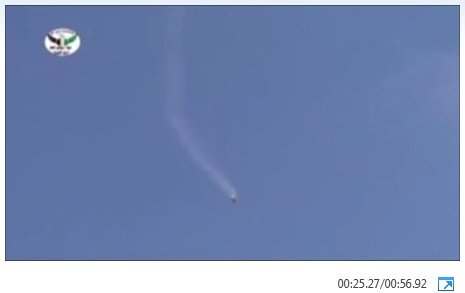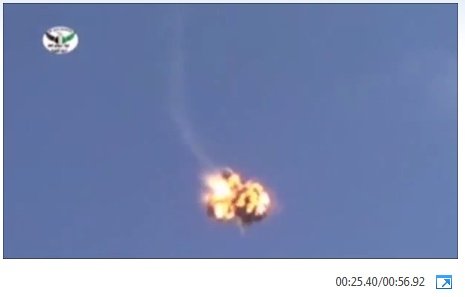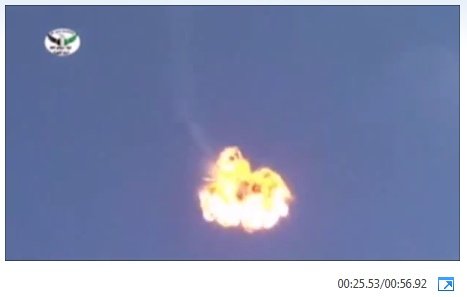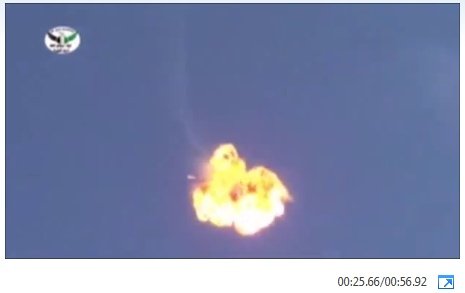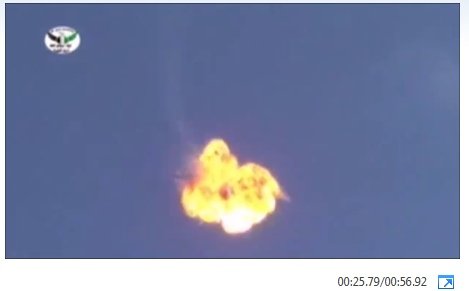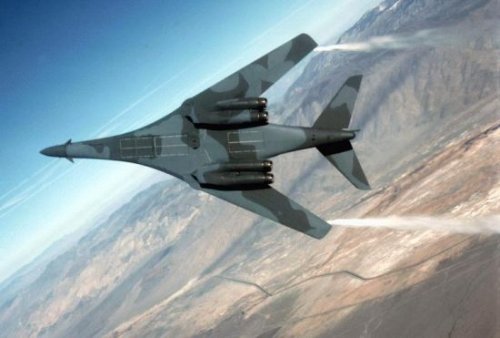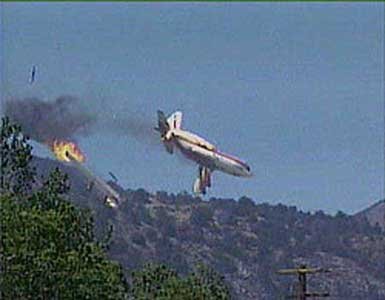Broncazonk
What the hell?
- Joined
- 29 August 2011
- Messages
- 134
- Reaction score
- 5
Okay, here we go again. The question is: Why does this helo suffer from a midair catastrophic explosion? Turbine/turboshaft powered helos burn Jet A or Jet A-1 or JP-8 fuel which is kerosene based and while said fuel will burn uncontrollably, it usually will not go BOOM.
Please: No more cultural commentary as nobody cares how immature and culturally ignorant you are. Thank you.
http://www.youtube.com/watch?v=v3bdOoZn8x4
Bronc
Please: No more cultural commentary as nobody cares how immature and culturally ignorant you are. Thank you.
http://www.youtube.com/watch?v=v3bdOoZn8x4
Bronc

